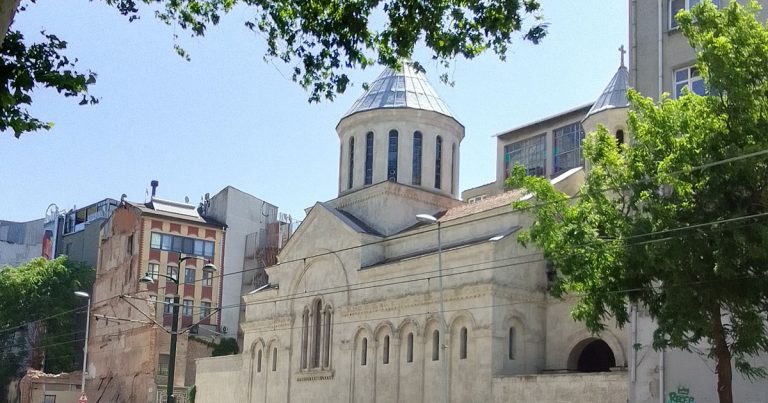
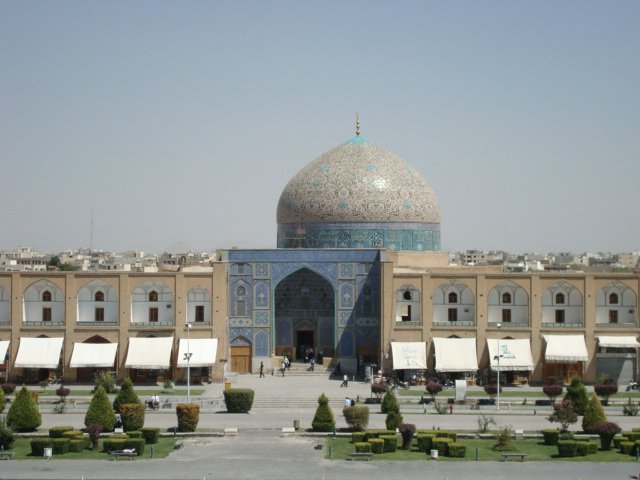
If anyone decided to do a quick search for scholarship on interreligious polemics, especially of the Muslim-Christian kind, he or she will immediately notice a few patterns:
- Most of the major studies focus on the Classical period (that is, from the formative years of Islam to roughly the mid-thirteenth century), with the notable exception, perhaps, of certain cases in late medieval Iberia and, recently, of the Ottoman Empire.
- Polemical writings follow a set of fairly standardise tropes, regardless of what context they were written in.
- Some of the major writers of polemics were converts
The convert aspect, I suspect, would probably be attractive to most casual readers, as it evokes images of tormented life stories and inspiring moments of epiphany. However, many might also be inclined to think that, because of their formulaic nature, polemics can offer very few insights into the contexts from which they emerge, and that this could explain why only a few pioneer examples of the genre would be “original” enough to merit scholarly attention.
The case study at the centre of my book – Muslim-Christian Polemics in Safavid Iran – is also one of a convert: a Portuguese Augustinian missionary who went to Iran at the end of the seventeenth century, switched sides, embraced Islam, became a translator at the Shahʼs court, and wrote polemical treatises in defense of his new faith. Through the study of his work, my book seeks to demonstrate how, intertwined with the historical tropes of the genre, polemics can also draw from a wide range of sources and cultural references to create a truly historically (read, contextually) grounded product. As such, polemics can constitute a window into broader intellectual, social, and political developments of the milieus in which they were written.
The land in which our convert produced his work, Iran, is known for its adoption of Twelver Shiʿism as state religion in the early sixteenth century, which led to the development of sectarian policies at different moments. However, the relations between Iranʼs religious majority and its non-Muslim minorities are less commonly known outside a select group of specialists. During this period, Christian groups indigenous to the region, like Armenians and Georgians, played important roles in the Iranian economy and administration. In addition, Catholic European missionaries, which by and large targeted Armenians, played an important diplomatic role as de facto ambassadors of the imperial powers they were associated with.
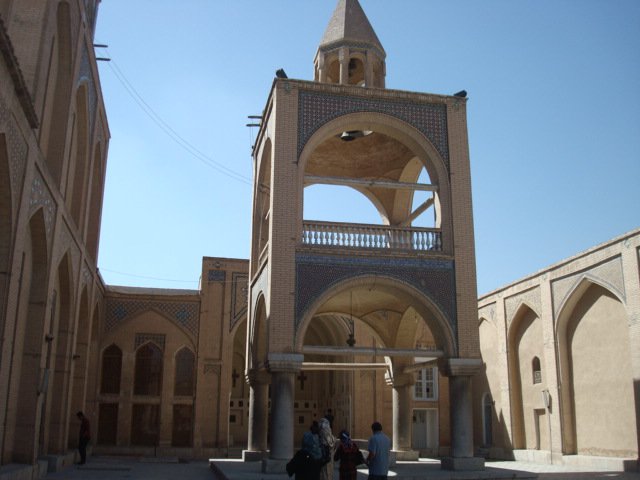
Through his polemical work, the convert in question, ʿAli Quli Jadid al-Islam (d. 1734), does not (only) respond to the proselytism of missionaries, nor does he limit himself to reproducing the common tropes of the genre. Rather, by virtue of being the last link in a chain of refutations and counter-refutations that originated more than a century earlier, his work connects Iran to Rome and Mughal India. His work also contains a critique of an Arabic biblical translation that circulated in Iran at the time and, within the embrodidery of its argumentative strategies, it brings together sources from both the Catholic and the Shiʿi intellectual archives. And finally, it partakes in another major trend of late seventeenth/early eighteenth century Iran, namely the scapegoating of Sufi thought by powerful groups within the ʿulama.
By looking into the contextual and structural intricacies behind Jadid al-Islamʼs work, my book aims to invite the reader to discover some of the major social and intellectual dynamics of early modern Iran.
By Alberto Tiburcio
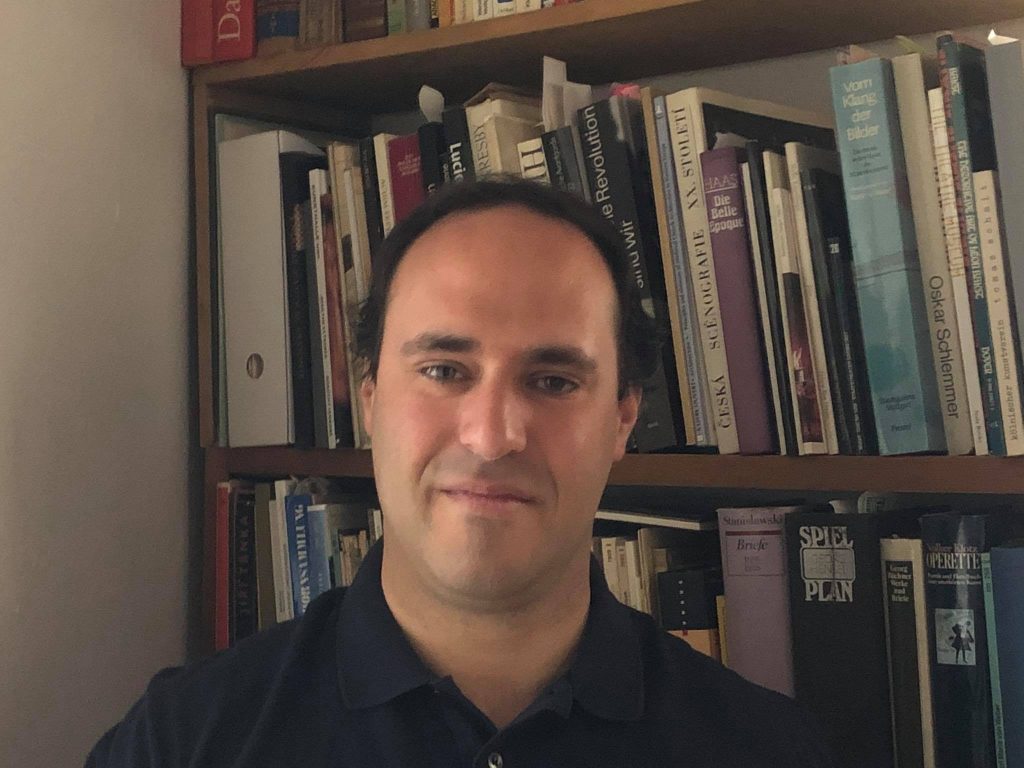
Alberto Tiburcio earned hist PhD in Islamic Studies at McGill University in 2015. He is currently a postdoctoral researcher at the Max Planck Institute for the History of Science in Berlin, and was previoulsy a researcher at the Philipps-University of Marburg. His articles have appeared at Iranian Studies and Eurasian Studies. Muslim-Christian Polemics in Safavid Iran is his first book.
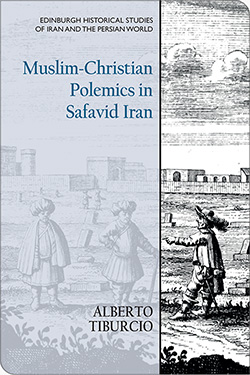
Muslim-Christian Polemics in Safavid Iran by Alberto Tiburcio explores the history of Muslim-Christian theological exchanges in Iran during the 17th and early 18th centuries.




